The idea of bending planar materials into three-dimensional forms has been around for decades, primarily through the Eames’ work in the furniture category. The technique is extremely simple: take a material that lends itself to bending or forming, and use that simple process to define and enclose a form. In the mid/late ‘90s, this method caught on through designers like Marc Newson and his furniture explorations. Consumer electronics companies were soon to follow with products like the Palm Zire, although injection molding process typically don’t do this method justice due to the necessary thin-walled constructions of molded plastic. It is critical in this aesthetic that a certain edge-thickness is preserved, which is why original sheet-stock material is the most honest adaptation of this method. Despite its longevity as a visual trend, the Planar Forms theme doesn’t show signs of abating as it is introduced into new categories like Fashion, Automotive, and Architecture, or gets combined with other aesthetic modes in novel ways. However, other unique ways of enclosing a space are also emerging as contenders.

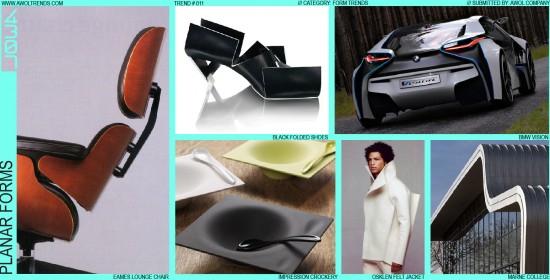

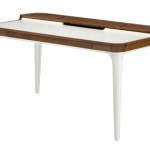
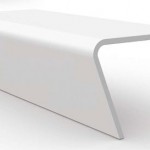

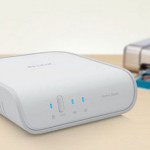

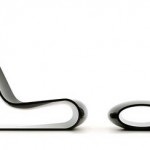



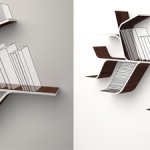

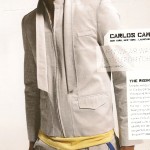
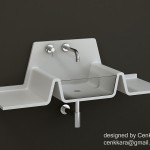
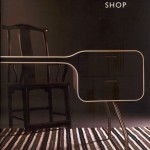
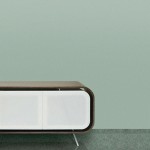

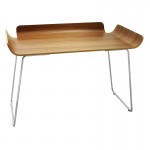
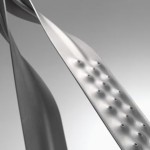



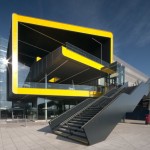
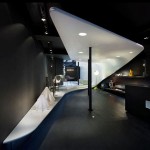
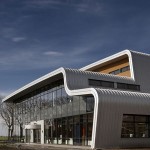
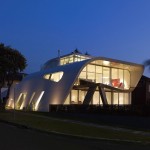
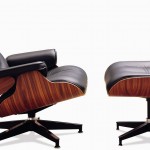
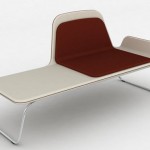
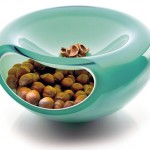
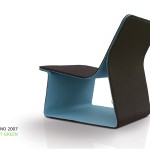


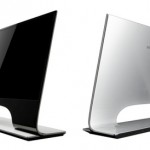
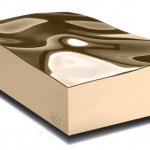

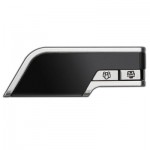

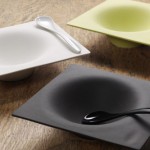
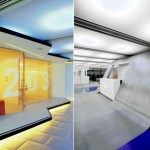




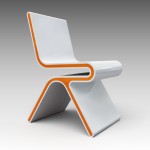

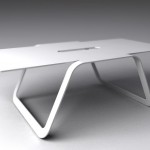



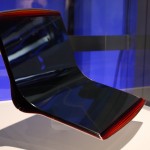





Great initiative . . . and a great stand to ordinary research . . . who would, if not a designer, think about categorizing products in terms of material properties? I’m very much looking forward to experience and learn more, in particular when it comes to design & brand . . .
from Eames to BMW concept cars. This ‘trend’ is timeless.
Agreed, it does seem to be showing excellent longevity…we’ve thought about moving it into the Movements category, but are keeping it here for now…
-AWOL Trends